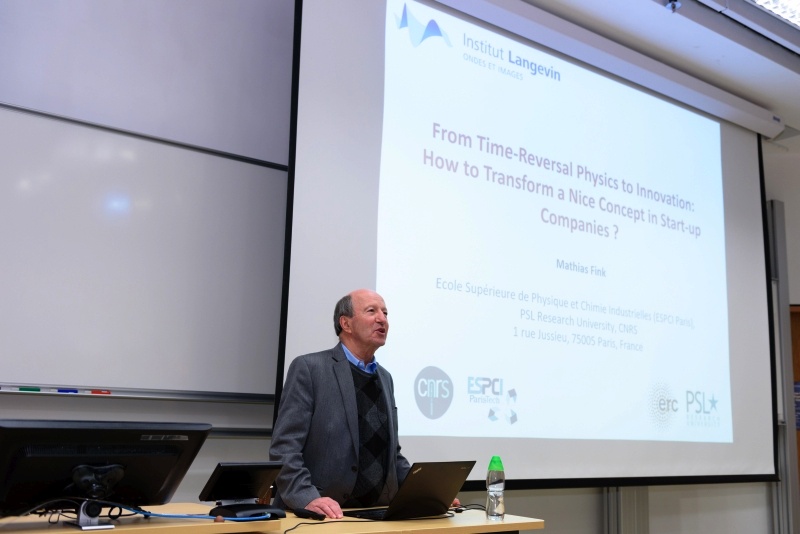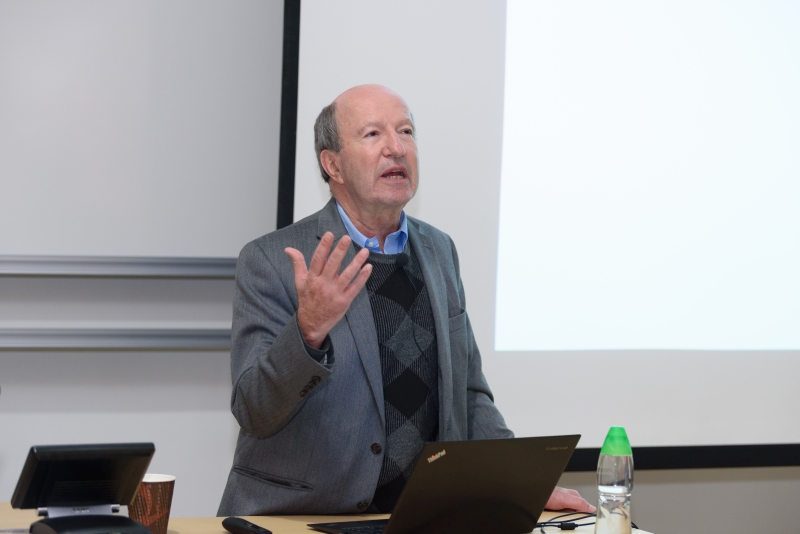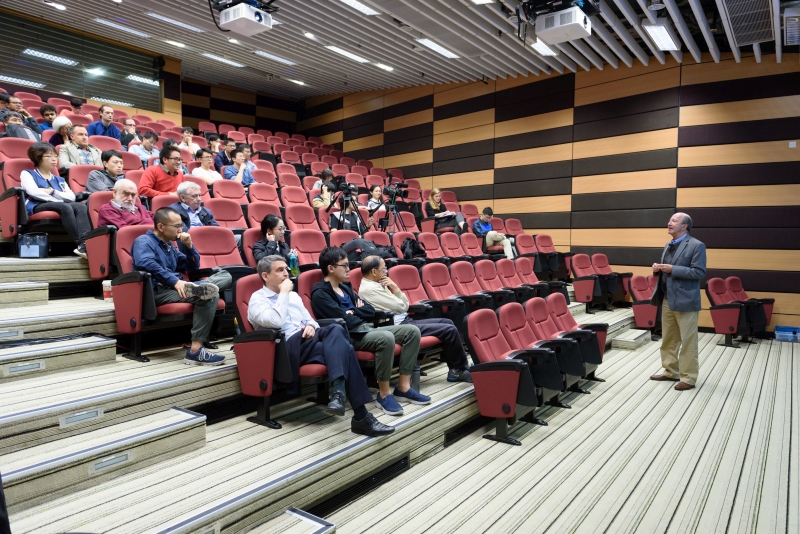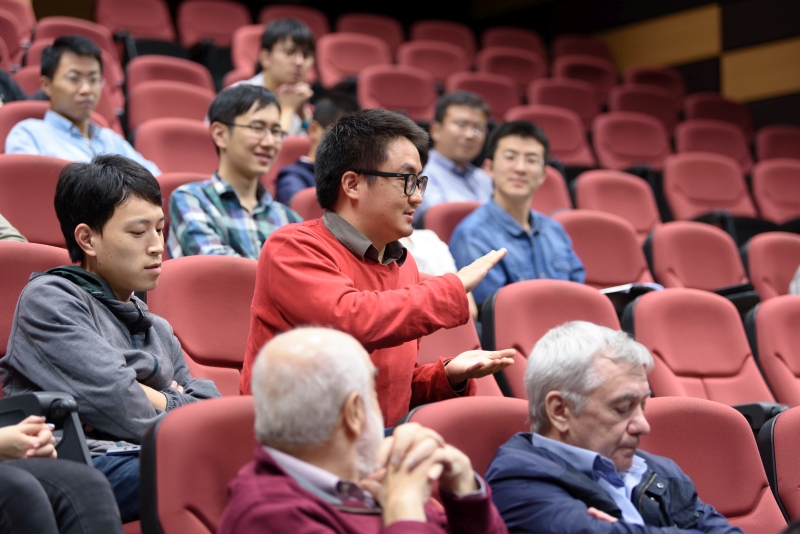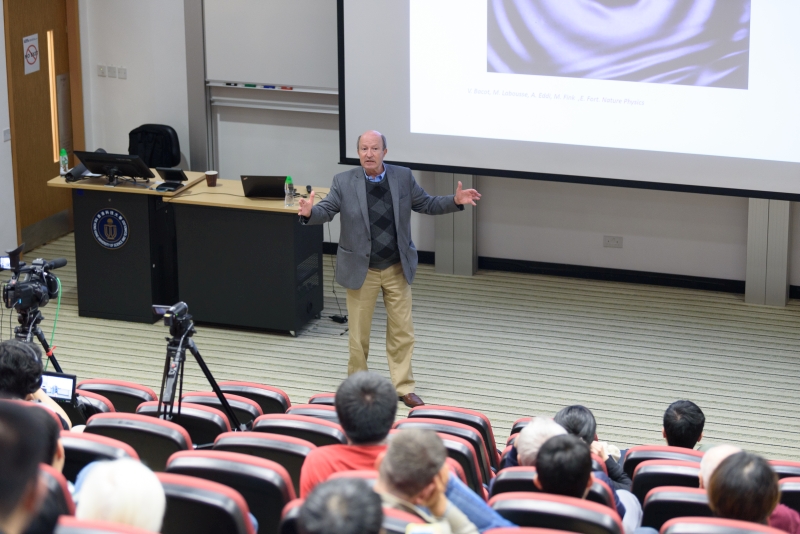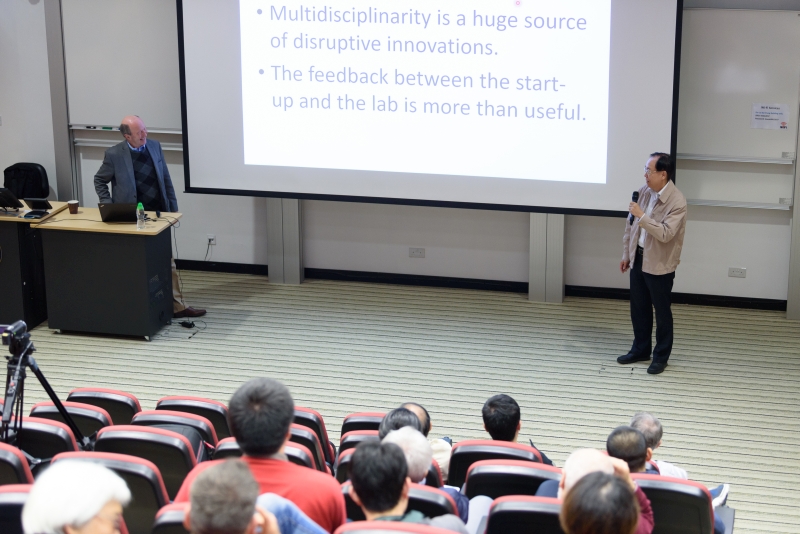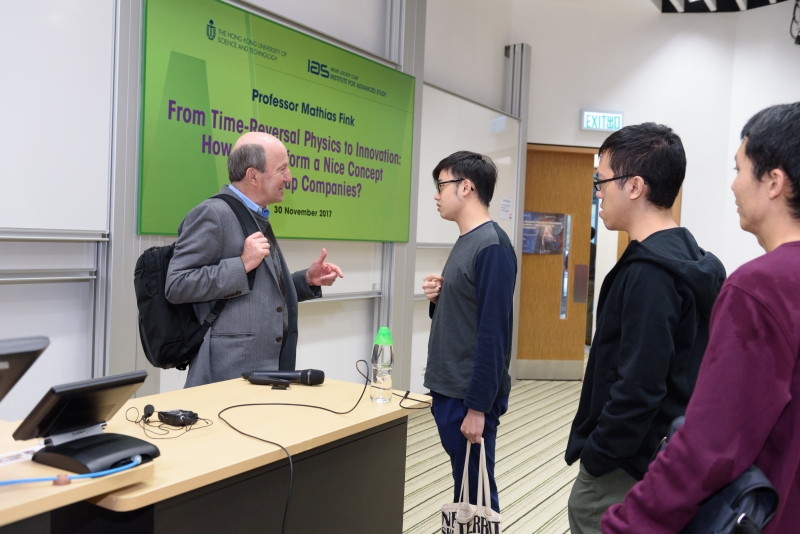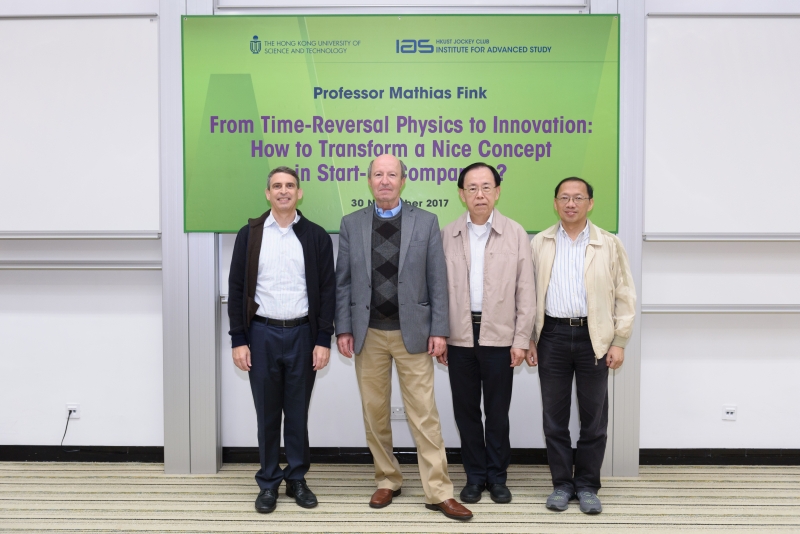From Time-Reversal Physics to Innovation: How to Transform a Nice Concept in Start-up Companies?
Abstract
Time-reversal invariance is a very fundamental concept in physics. The objective of this lecture is to show how this concept can be turned into a huge source of innovations and successful start-up companies.
It was first in the field of acoustics and later for microwaves, where antenna array technology was available, that “time-reversal mirrors” have been built. Such mirrors allow the refocuses of space and time of an incident wave field at the original source location regardless of the complexity of the propagation medium. Contrary to intuition, a remarkable property was shown: the more complex the propagation medium, the sharper the focus. Such results have plenty applications, including medical imaging, therapy, telecommunications, human-machine interface and defense. In this lecture, the speaker will present an overview of these applications.
About the speaker
Prof. Mathias Fink received his PhD in Solid State Physics from the University of Paris in 1970. Then he moved to ultrasonic medical imaging and received his Doctorat és Sciences degree in Acoustics. He is currently a Professor at the École Supérieure de Physique et de Chimie Industrielles de la Ville de Paris (ESPCI ParisTech), where he founded in 1990 the Wave and Acoustics Laboratory that became in 2009 the Langevin Institute, where he formerly served as the Director. The Institute today brings together over 110 scientists engaged in research on waves and imaging.
Prof. Fink’s area of research is concerned with the propagation of waves in complex media and the development of numerous instruments based on this basic research. He pioneered the development of time-reversal mirrors and time reversal signal processing. He developed many of these concepts into applications like medical imaging, ultrasound therapy, telecommunications, seismic imaging and tactile objects. He also pioneered several innovative medical imaging methods – transient elastography, supersonic shear imaging and multi-wave imaging – that are now implemented by several companies. Four companies with close to 270 employees have been created from his research (Echosens, Sensitive Object, Supersonic Imagine and Time Reversal Communications). He holds more than 60 patents, and has published more than 350 peer reviewed papers.
Prof. Fink is a Member of the French Academy of Sciences and of the French Academy of Technologies. He was elected Chair of Technological Innovation at the College de France in 2008.

